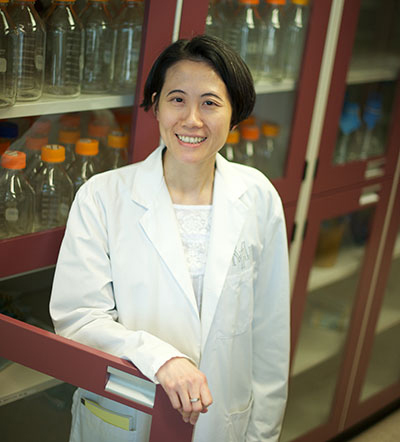
Dr. Lillian Siu says she hopes the results of the study will "raise awareness and lead to further assessment of this important public health issue." (Photo: UHN)
A study led by Dr. Lillian Siu at Princess Margaret Cancer Centre indicates that vaccinating 12-year-old boys against the humanpapilloma virus (HPV) may be a cost-effective strategy for preventing oropharyngeal squamous cell cancer (OPC), a cancer that starts at the back of the throat and mouth, and involves the tonsils and base of the tongue.
Findings of the study, done in collaboration with researchers from the Canadian Centre for Applied Research in Cancer Control, were published online April 13 in CANCER, a peer-reviewed journal of the American Cancer Society.
The research team compared the potential costs and effectiveness of vaccinating adolescent boys in Canada against HPV for preventing HPV-related OPC. When the investigators applied a statistical model to a population of 192,940 Canadian boys who were 12 in 2012, they discovered HPV vaccination could save from $8 million to $28 million over the boys' lifetimes.
Factors that could impact the cost savings of HPV vaccination in boys include, among others, vaccine cost, vaccine effectiveness, costs of cancer treatment, and survival of patients with HPV-related OPC.
Dr. Siu, Senior Medical Oncologist, has been treating head-and-neck cancers for 18 years and says this disease is on the rise. It is projected that by 2020, HPV-related OPC will become the most common HPV-related cancer, surpassing cervical cancer. Dr. Siu is also Professor of Medicine at the University of Toronto.
Policy makers in many countries, including Canada, the United States, Austria, and Australia, have recommended HPV vaccination in boys, but it is unfunded and is excluded from national immunization programs in many countries worldwide, says Dr. Siu, who is also a Professor of Medicine at the University of Toronto.
"We hope that results from this study would raise awareness and lead to further assessment of this important public health issue."
